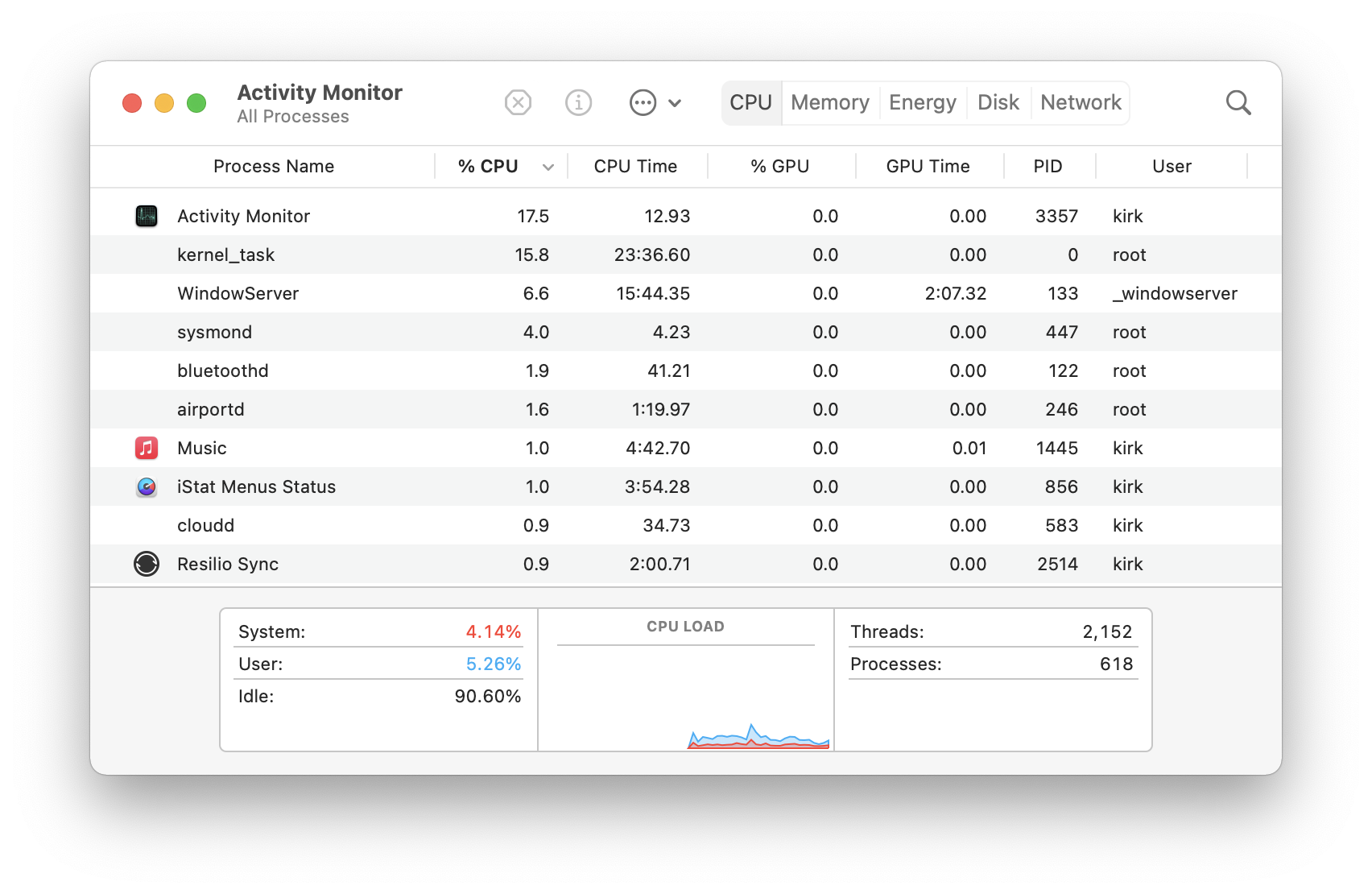
- #HIW TI FIND OUT WHY YOUR MAC RUNS SLOW DRIVERS#
- #HIW TI FIND OUT WHY YOUR MAC RUNS SLOW UPDATE#
- #HIW TI FIND OUT WHY YOUR MAC RUNS SLOW DRIVER#
It is also important to close all of your other applications on the device and turn off any other devices that are using WiFi. For the best results, you should only have one browser tab open.
#HIW TI FIND OUT WHY YOUR MAC RUNS SLOW UPDATE#
In the Device Manager menu, right-click on the network adapter you want to update and choose Update Driver. Then type Device Manager into the search bar and click Open.
#HIW TI FIND OUT WHY YOUR MAC RUNS SLOW DRIVER#
If you’re a Windows 10 user, you can manually update your network driver by opening the Windows search box (the magnifying glass icon in the bottom-left corner of your screen).

#HIW TI FIND OUT WHY YOUR MAC RUNS SLOW DRIVERS#
However, there may be times when these network adapter drivers go missing, go out of date, or become incompatible with your current system. Windows Update automatically pushes the latest version of network drivers to your system. These network drivers allow your computer’s hardware and software programs to interact with one another. In order to connect to the internet, your computer uses a network adapter, which is supported by network drivers. If you want to know more about the best place to put your router, check out our article here.

Finding the ideal router positioning takes trial and error, so check your WiFi signal strength in different areas before picking your router’s final location. However, water and metal objects block WiFi signals, so make sure to place your router away from refrigerators and fish tanks. This means it’s a good idea to have your router in an elevated position, like the top of a bookshelf or mounted on a wall. WiFi signals travel vertically and horizontally. Mapping WiFi signal strength based on a router’s location. Since the signals from your router travel in an outward radius, you will have better coverage if you place your router in a central location rather than in a corner. If you have a new router, but you’re still experiencing WiFi “dead zones,” you might want to move your router. From here, you can also find the name and password for your 2.4 GHz and 5 GHz networks. Then make sure both your bands are turned on. To find out if your router supports both WiFi bands, you have to log in to your router’s settings page. You can set up these different networks to each have their own name and password. This type of router will let you have two different WiFi networks – one for each band.

You can only use both frequency bands if you have a dual-band router. To find out more about the difference between 2.4 GHz and 5 GHz, check out our article here.

So, you should reserve the 5 GHz band for your most important devices, such as your laptop. However, the more devices you have on one band, the slower your WiFi will be. So, if you want the fastest WiFi speeds, you should always use the 5 GHz band. The 2.4 GHz band gives you slower speeds at a longer range, while the 5 GHz band gives you faster speeds at a shorter range. These frequency bands affect how far and how fast data can travel over WiFi. Wireless networks use two main frequency bands: 2.4 GHz (gigahertz) and 5 GHz. But, before you do that, here are some of the most common reasons why your WiFi is so slow, and how you can fix them. It may be tempting to call your internet service provider and vent to a representative about the issue. Sluggish WiFi speeds can become even more frustrating when you’re trying to do time-sensitive work. Pages that take forever to load can test your patience.


 0 kommentar(er)
0 kommentar(er)
